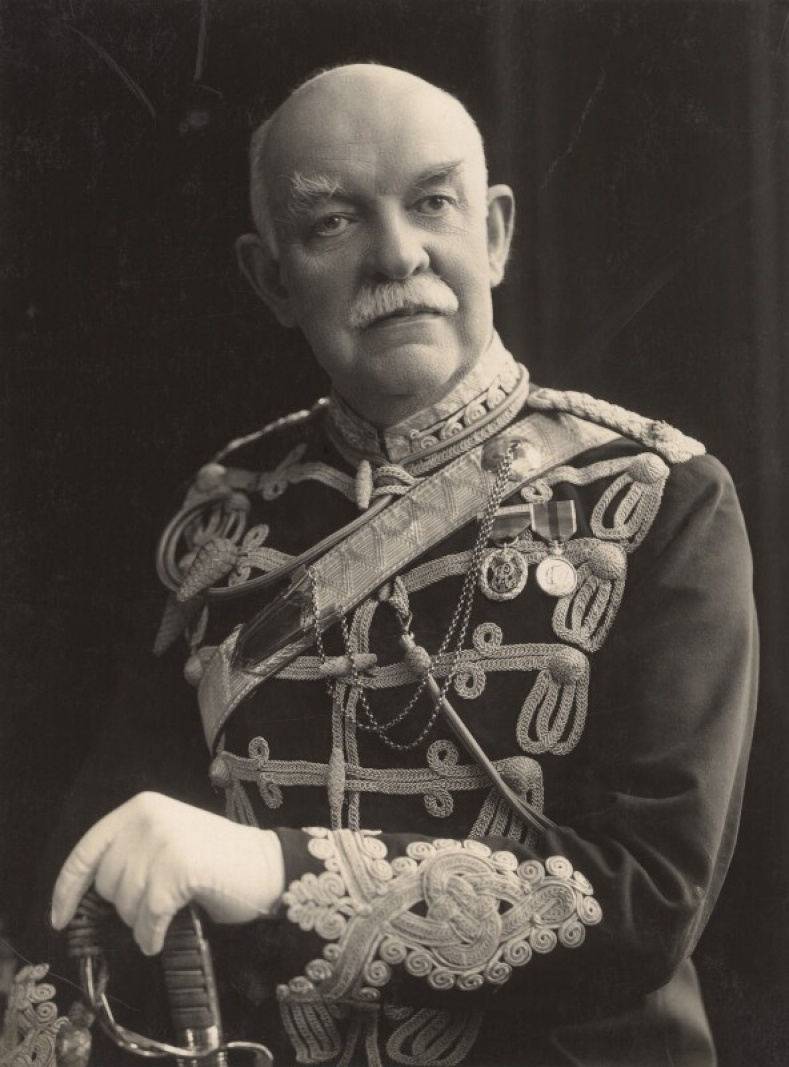
Watson-Armstrong, Sir William Henry Fitzpatrick
1863-1941
Businessman
Sir William George Armstrong (1810-1900), Baron of Cragside, founder of the Elswick Works and towering Tyneside figure had no heirs. To make things more complicated, Armstrong’s nephew John William Watson (1827-1909) had no interest in inheriting the estates and responsibilities of Lord Armstrong. The fortune, therefore, passed to John Watson’s son, William Henry Fitzpatrick Watson, who adopted the name ‘Watson-Armstrong’.
William was chosen as Lord Armstrong’s successor before his death. He was educated at Cragside as preparation for running the vast estate at Cragside, managing the wealth and the various enterprises Armstrong was involved in. The education seems to have been successful as the transition was smooth and William was raised to the peerage in his own right (he had not inherited Lord Armstrong’s title) as 1st Baron of Armstrong of Bamburgh and Cragside.
To mark Queen Victoria’s Diamond Jubilee in 1897 a subscription was raised to fund the construction of a new infirmary for Newcastle. £100,000 was raised initially, the modern equivalent of £8,200,000, but William Watson-Armstrong pledged an additional £100,000 from his own fortune. The total amount for the hospital’s construction was raised again by John Hall, a private citizen, who gifted another £100,000. The Royal Victoria Infirmary hospital was opened in 1906 by King Edward VII. Through its affiliation with Newcastle University, the hospital is one of the UK's most respected centres for training in the medical profession.
References
Family Tree Armstrong Family Tree. Available here (Accessed: 27/06/2018).
National Trust - Cragside. Armstrong family tree. Available here (Accessed: 27/06/2018).
Middlebrook, S. (1950). Newcastle: Its growth and achievement, Newcastle: Newcastle Journal and North Mail, pp. 278.
Royal Victoria Infirmary. Available here (Accessed: 27/06/2018).